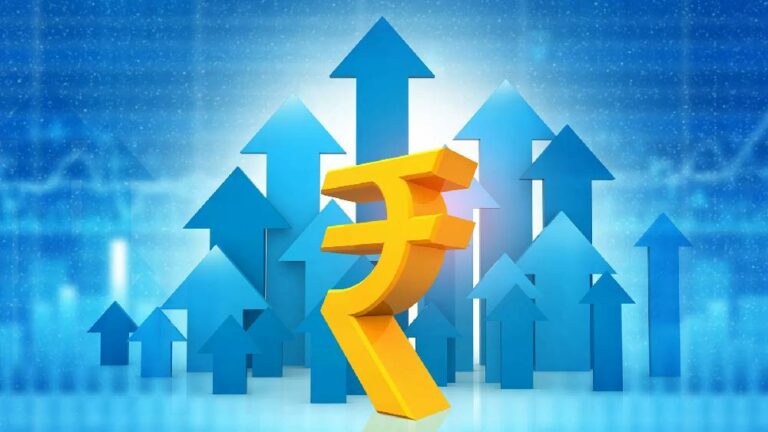India’s economy grew at 6.3 per cent in September quarter 2022-23 as compared to 13.5 per cent in the preceding June quarter, mainly on account of contraction in output of manufacturing and mining sectors. Also as per official GDP estimates, the economy expanded 13.5 per cent in April-June 2022-23, higher than 4.10 per cent growth clocked in January-March. Government capital expenditure and manufacturing capacity utilization have also improved. The private sector is now well-positioned to increase capex spending. Also, the Production Linked Incentive Scheme to attract investment in 14 key manufacturing sectors is showing results.
However the global economy is not in very good shape on the verge of a downturn amid persistent inflation, monetary policy tightening, fiscal challenges, geopolitical shifts and financial market volatility.
It seems the global growth will slow in 2023 and remain sluggish in 2024. Moody’s has already projected GDP growth of G-20 economies to decelerate to 1.3 per cent in 2023 and it has slashed India’s GDP growth projection to 7 per cent for 2022, saying that global slowdown and high domestic interest rates would dampen economic momentum. This is the second time in as many months that Moody’s Investors Service has cut India’s growth estimates for 2022. In September, it had cut projection for the year to 7.7 per cent from 8.8 per cent pegged in May. Moody’s expects growth to decelerate to 4.8 per cent in 2023 and then to rise to 6.4 per cent in 2024.
A host of other agencies have also slashed India’s economic growth projections for current fiscal year citing slowdown in global economy, Russia-Ukraine war, rising interest rates and inflation. While the IMF has trimmed it to 6.8 per cent from 7.4 per cent, the Asian Development Bank too has cut its projection to 7 per cent, from 7.5 per cent earlier. S&P Global Ratings revised down its growth forecast to 7.3 per cent for current fiscal year from 8.7 per cent. The RBI expects economic growth at 7 per cent for this fiscal year.
However, World Bank has revised upwards its GDP growth forecast for India to 6.9 % for 2022-23. In October, the World Bank had cut India’s GDP growth forecast to 6.5 per cent from 7.5 per cent earlier. Now, it has upgraded the projection to 6.9 per cent for 2022-23. Another agency Fitch Ratings, in its Global Economic Outlook, has projected India’s GDP to grow at 7 per cent in the current fiscal and slow to 6.2 per cent in 2023-24 and 6.9 per cent in 2024-25. It has retained economic growth forecast, saying India could be one of the fastest-growing emerging markets this year. It, however, cut the projections for the next two financial years, stating that even though the country is shielded to some extent from global economic shocks but is not impervious to global developments.
The Other Side of the Coin
However, falling exports and high crude prices are set to push up current account deficit (CAD) in the second quarter to a 37-quarter high of 4.4 per cent of GDP at USD 36 billion as against USD 9.7 billion or 1.3 per cent in the year-ago period, estimates a report. As a percentage of GDP, the previous high was in the first quarter of 2013-14 when CAD had scaled to 4.7 per cent, but in absolute terms the previous high was in the third quarter of 2012-13 when it touched USD 31.8 billion.
In the first quarter of this fiscal the deficit was USD 23.9 billion or 2.8 per cent, according to an assessment by India Ratings. Global headwinds facing merchandise exports had the shipments contracting by close to 20 per cent in October 2022, first time since February 2021 and the agency expects merchandise exports to slip to an eight-quarter low of USD 88.2 billion in Q3FY23 which would be 17.4 per cent lower than Q3FY22.
On the other side, falling commodity prices will help the country lower its import bill in the third quarter (Q3), even though crude prices were still 19.9 per cent in October-November. And the agency expects merchandise imports to decelerate to a three-quarter low of USD 171.9 billion in Q3, but will still be up 2.9 percent on-year. Overall, merchandise trade deficit will rise to a fresh high of USD 83.7 billion in Q3, which is 38.9 per cent higher than Q3FY22, according to its estimate.
As against this merchandise exports stood at a three-quarter low of USD 112.5 billion in Q2FY23, up from USD 121.1 billion in Q1 due to the impact of global headwinds such as the Russia-Ukraine conflict, global growth slowdown and elevated inflation.






















